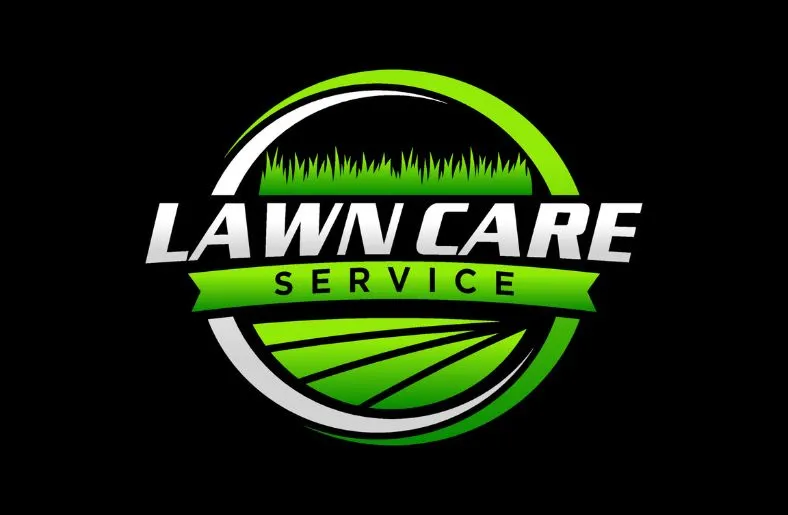In the competitive lawn care industry, leveraging data analytics can significantly distinguish your business by enhancing both service quality and operational efficiency. By harnessing the power of data, you can gain valuable insights into customer preferences, operational performance, and market trends. This strategic approach not only helps in fine-tuning your services but also provides a competitive edge in a crowded market. Here are five key tips for lawn care providers to make the most of data analytics and drive business growth:
5 Strategies for Lawn Care Providers to Utilize Data Analytics for Improved Service and Efficiency
1. Optimize Service Scheduling
Data analytics can significantly enhance how you schedule your lawn care services. By analyzing historical service data, seasonal trends, and weather patterns, you can create more accurate and efficient schedules. For example, you can identify peak seasons for lawn growth or adverse weather conditions that might affect service delivery. This information allows you to plan your service routes and timings better, reducing delays and maximizing productivity. Additionally, predictive analytics can forecast future demand, helping you allocate resources more effectively and ensure timely service for your customers.
2. Personalize Customer Recommendations
Understanding your customers’ preferences and lawn conditions is crucial for delivering tailored services. Data analytics enables you to gather and analyze information on individual customer needs, such as lawn size, type of grass, and specific issues like pests or diseases. By using this data, you can provide personalized recommendations for treatments, fertilizers, and maintenance plans. Personalization not only enhances the effectiveness of your services but also builds stronger customer relationships by demonstrating that you understand and cater to their unique needs. If customers need installing an artificial lawn, personalized guidance and recommendations will help ensure a smooth installation process and optimal results.
3. Improve Resource Allocation
Efficient resource management is essential for optimizing operational costs and ensuring high-quality service. Data analytics allows you to track and analyze the usage of resources such as equipment, labor, and materials. By examining patterns and performance metrics, you can identify areas where resources are underutilized or wasted. This insight helps you make informed decisions about equipment purchases, labor allocation, and inventory management. For instance, if data shows that certain equipment is frequently idle, you might consider adjusting schedules or redistributing resources to improve utilization and reduce costs.
4. Enhance Marketing Strategies
Data analytics provides valuable insights into customer demographics, behaviors, and preferences. By analyzing this data, you can refine your marketing strategies to target specific customer segments more effectively. For example, if analytics reveal that a particular demographic is more likely to use lawn care services, you can tailor your marketing campaigns to appeal to that group. Additionally, data-driven marketing strategies can help you evaluate the success of different campaigns, adjust messaging, and allocate marketing budgets more effectively, ultimately leading to higher customer acquisition and retention rates.
Incorporating compelling visuals based on these insights can further enhance engagement and drive higher customer acquisition and retention rates. A striking 3D logo design can also help capture attention and make your brand stand out in a competitive landscape.
5. Monitor Performance Metrics
Regularly monitoring key performance indicators (KPIs) is essential for maintaining high service quality and operational efficiency. Data analytics can help you track various KPIs, such as service completion times, customer satisfaction scores, and operational costs. By continuously analyzing these metrics, you can identify trends and areas for improvement. For example, if data shows a decline in customer satisfaction, you can investigate the underlying causes and implement corrective measures. Monitoring performance metrics ensures that you stay informed about your business’s strengths and weaknesses, enabling you to make data-driven decisions that drive continuous improvement.
> Find Smart Solutions for Garden Edging
To sum up
Incorporating data analytics into your lawn care operations can lead to significant improvements in service quality, customer satisfaction, and operational efficiency. By optimizing service scheduling, personalizing recommendations, improving resource allocation, enhancing marketing strategies, and monitoring performance metrics, you can leverage data to achieve better results and stay ahead of the competition. Investing in data analytics tools and techniques will ultimately help your lawn care business thrive in a dynamic and competitive market.





